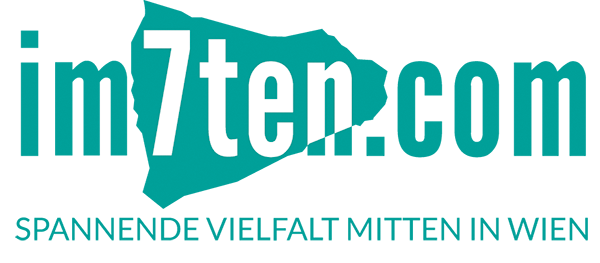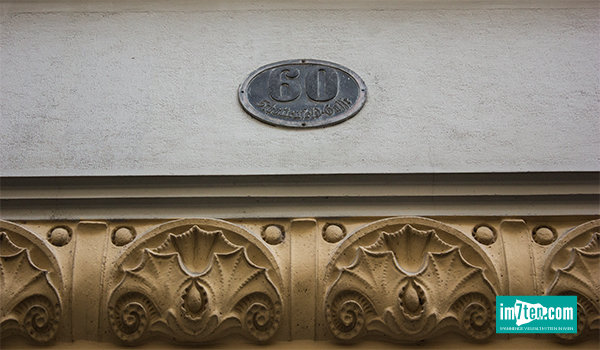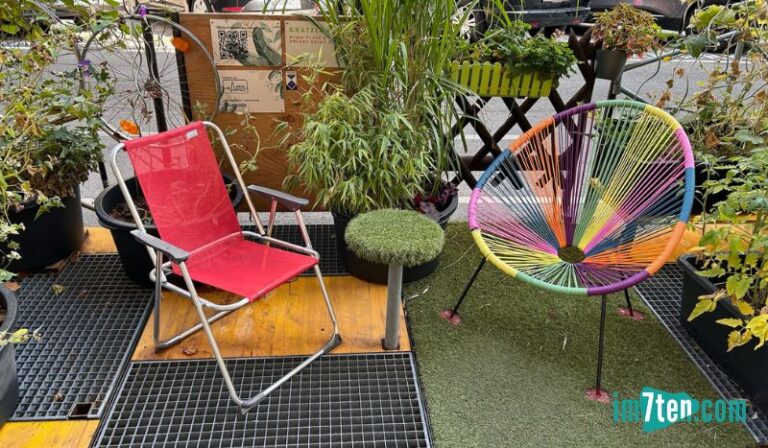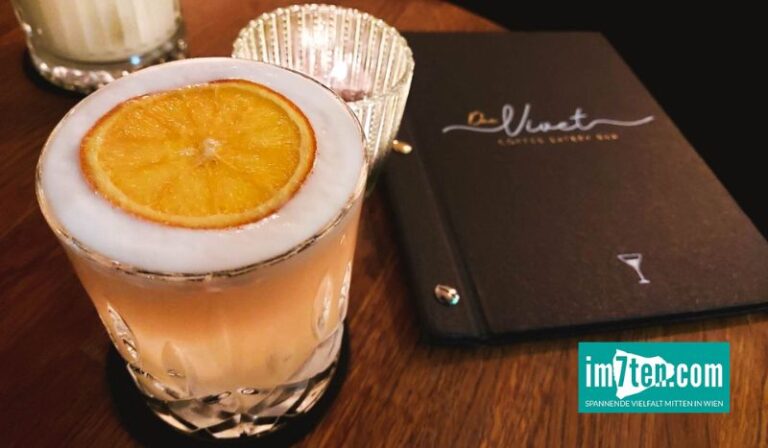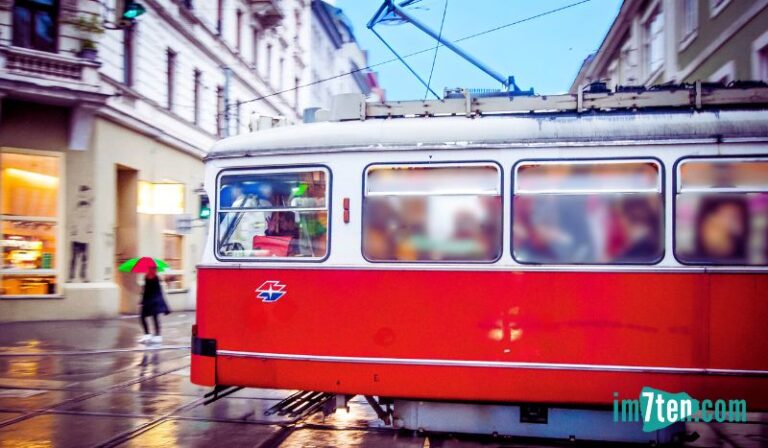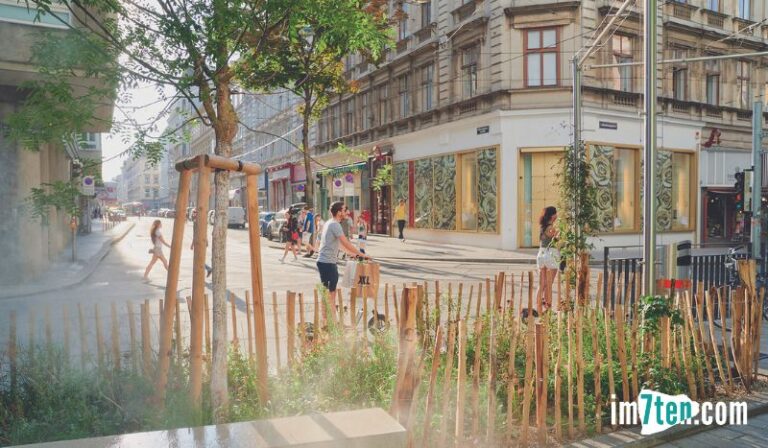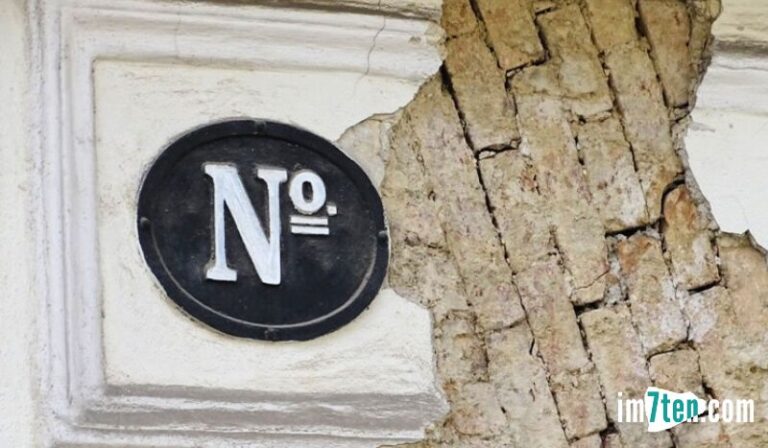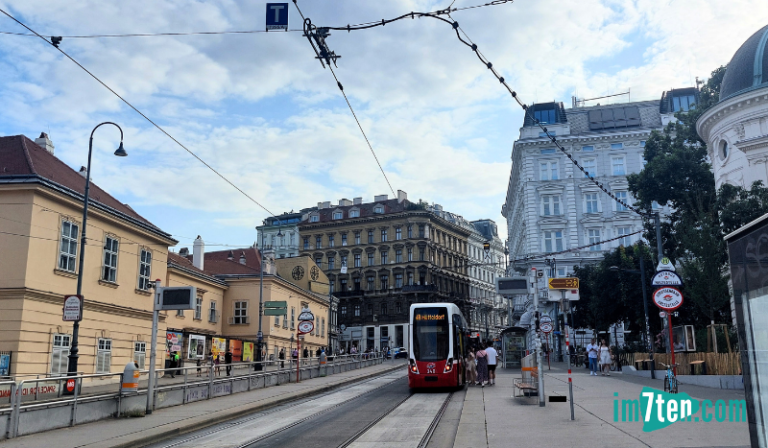In 1934 the Jewish population in Neubau, the seventh district of Vienna, reached 14.8 percent. A value that was positioned significantly above the average of the Austrian capital. Schottenfeld, one of the regions of Neubau, was formerly known as “Brilliantengrund”, which can be translated as “brilliant bottom”. A hint to the wealth of the area, which originated mainly in the production of silk, a branch of profession practiced by a lot of Jews. This might be a reason for the high number of daughters and sons of David, who used to live in the seventh district. People tend to socialize and seek the company of like-minded individuals, hence „Chewrath Binjon Chudosch“, the „Jewish Association Neubau” was established in 1927. It was founded to pursue the cultural, humanitarian and religious interests of its members. Besides the construction of a house of prayer at Schottenfeldgasse 60, social life was brought to bloom through concerts, speeches and other events. The community also supported its financially or socially disadvantaged members. If someone passed away, they used the funds of the association to help the surviving members of the dolorous family.
Disbanded, fortune incorporated.
After the devastation of the religious venue in the Pogrom Night 1938, the National Socialists closed the house of prayer and disbanded the Jewish association Neubau. The fortune of the club was transferred to the bank account of the „Stillhaltekommisar”, a department, which was created to standardise all associations in the Third Reich and to take possession of the money collected by the banned clubs. In the archive of the Jewish religious community in Vienna records documenting the appropriation can be found. The words „Disbanded, fortune incorporated” where enough to end the efforts of the Jewish society in Neubau.
Victims of Aryanization
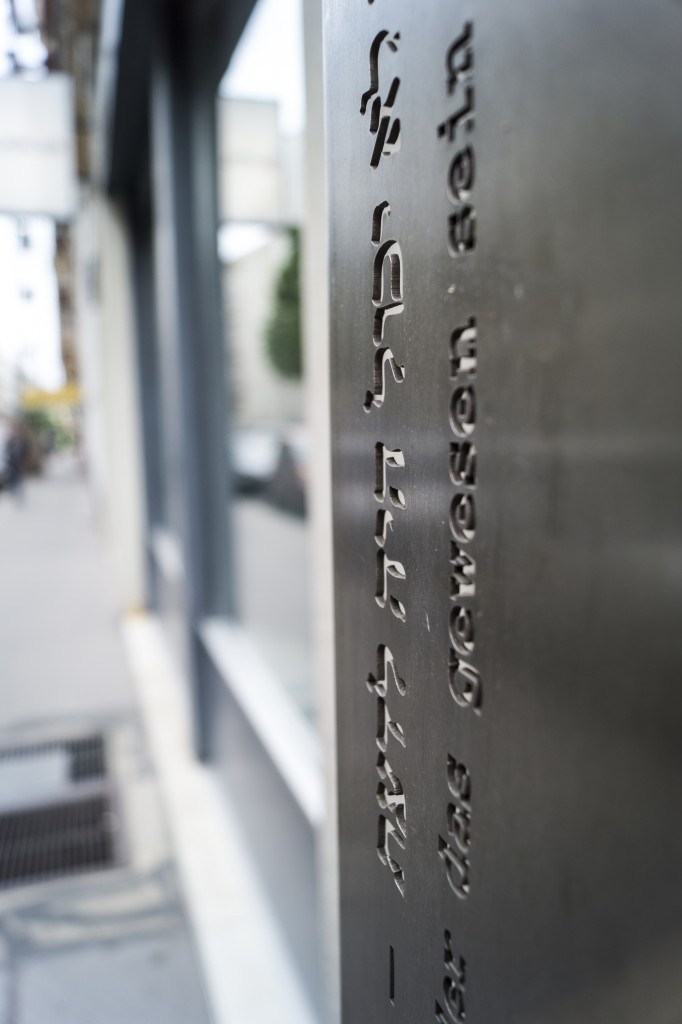 The Nazis sold the building and the legitimate owners never obtained compensation. Nowadays a commemorative plaque in front of the former house of prayer is reminiscent of the victims of Aryanization. It was built in 2004, although it was already planned in 1988. Originally the steel plate was intended to be wall-mounted, but due to some complications it finally was positioned on the pavement in front of the house.
The Nazis sold the building and the legitimate owners never obtained compensation. Nowadays a commemorative plaque in front of the former house of prayer is reminiscent of the victims of Aryanization. It was built in 2004, although it was already planned in 1988. Originally the steel plate was intended to be wall-mounted, but due to some complications it finally was positioned on the pavement in front of the house.
Light is reminiscent of the shadow
A poem of the Austrian lyricist Erich Fried is cut into the steel plate. In German and Hebrew one can read a criticism on the process of expulsion in the post-war period:
„Was keiner geglaubt haben wird, was keiner gewusst haben konnte, was keiner geahnt haben durfte, das wird dann wieder das gewesen sein was keiner gewollt haben wollte.“
„What nobody will have believed, what nobody could have known, what nobody was allowed to forebode, will be what nobody wanted to want.”
The special feature of the commemorative plaque can only be seen when the weather is bright. If the sun has the right position, beams of sunlight fall through the writing and the poem is projected on the wall of the building. This way light is reminiscent of the shadow of former times, because only who reads the past is able to write a better future.
Photos: Daniel Klingler | Christian Zela
